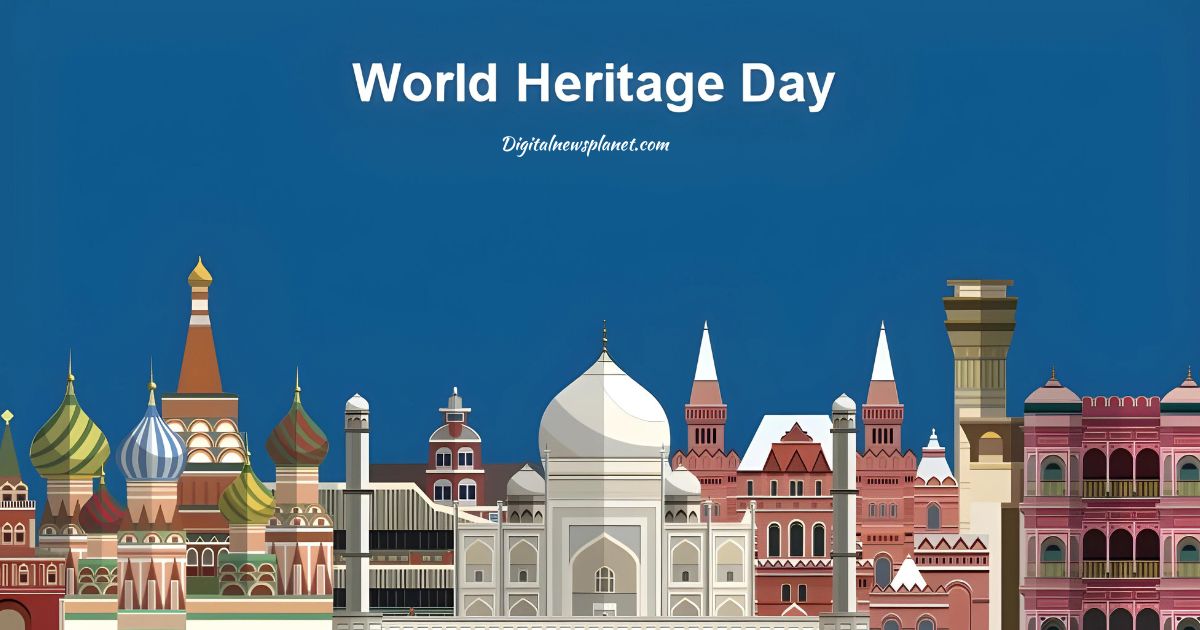Introduction to World Heritage Day
Celebrated annually on April 18, World Heritage Day serves as a global occasion to highlight the significance of preserving and safeguarding the world’s cultural heritage. Also referred to as the International Day for Monuments and Sites, this event was established in 1982 by the International Council on Monuments and Sites (ICOMOS), with the backing of the United Nations Educational, Scientific and Cultural Organization (UNESCO). The primary aim of World Heritage Day is to promote the conservation and restoration of historic landmarks, archaeological sites, and other invaluable cultural resources for the benefit of present and future generations.
The primary goal of World Heritage Day is to promote the conservation and restoration of historic buildings, archaeological sites, and other cultural landmarks that are of significant importance to humanity. It serves as a reminder of the fragility of these irreplaceable resources and the need for collective action to safeguard them for future generations.
The History of World Heritage Day
The story of World Heritage Day begins in 1982 with the International Council on Monuments and Sites (ICOMOS). Recognizing the increasing threats to cultural heritage sites worldwide, ICOMOS proposed an international day dedicated to raising awareness about their preservation. The following year, in 1983, the United Nations Educational, Scientific and Cultural Organization (UNESCO) officially adopted April 18 as World Heritage Day.
The date chosen holds historical significance. On April 18, 1931, the Athens Charter for the Restoration of Historical Monuments was adopted. International guidelines for the preservation and repair of historic buildings and archaeological sites were created by this treaty.
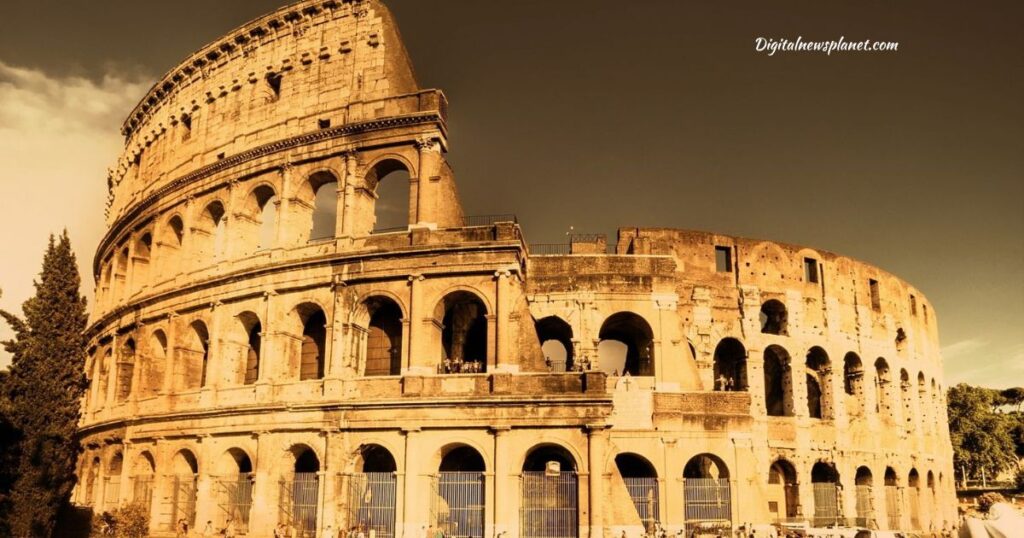
The Purpose of World Heritage Day: More Than Just Monuments
World Heritage Day goes beyond simply appreciating iconic landmarks and historical sites. It serves several crucial purposes:
- Raising Awareness: The day aims to educate the public about the vast and diverse cultural and natural heritage sites around the world. This includes promoting understanding of the significance of these sites and the threats they face.
- Encouraging Preservation Efforts: World Heritage Day encourages governments, organizations, and individuals to participate in the protection and conservation of heritage sites actively. This includes promoting sustainable practices and funding restoration efforts.
- Fostering Cultural Diversity: World Heritage Day celebrates the rich tapestry of cultures and histories represented by heritage sites. It reminds us that these sites are not just relics of the past but living testaments to human achievement and cultural exchange.
- Promoting Sustainable Tourism: World Heritage Day highlights the potential of heritage tourism as a tool for economic development and cross-cultural understanding. It encourages responsible tourism practices that benefit local communities while ensuring the long-term sustainability of heritage sites.
The Significance of Cultural Heritage
Cultural heritage includes historical monuments, archaeological sites, traditional practices, and artistic expressions that are deeply rooted in a community’s identity and collective memory.
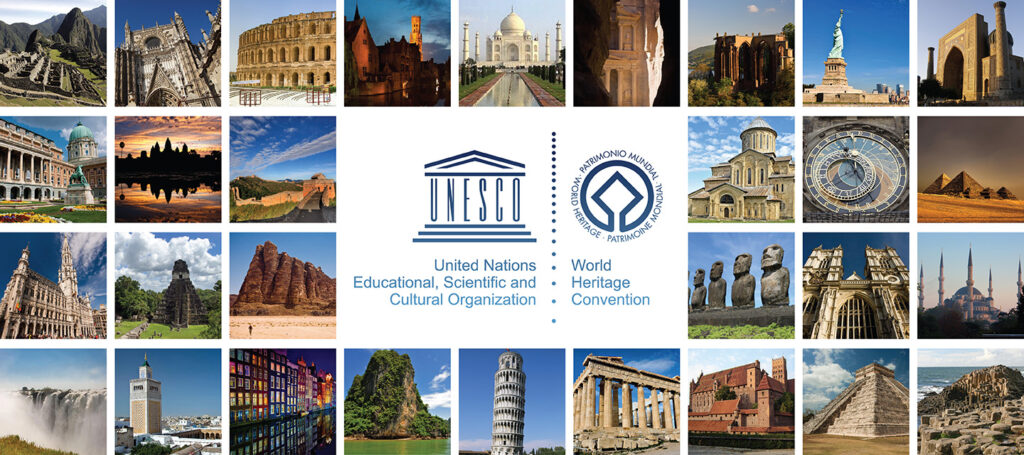
World Heritage Day 2024
World Heritage Day 2024 will be celebrated on Thursday, April 18, 2024, with a range of events and activities organized by UNESCO, ICOMOS, and various other cultural heritage organizations around the world.
Themes and Focuses for World Heritage Day 2024
The theme for World Heritage Day 2024 will be “Discover and Experience Diversity.” This theme aims to highlight the importance of adopting a holistic and long-term approach to the preservation and management of cultural heritage sites.
The focus for World Heritage Day 2024 will be on the following key areas:
- Sustainability and Adaptive Reuse: Exploring innovative ways to integrate cultural heritage preservation with sustainable development practices, such as ancient building methods being incorporated into modern construction and the adaptive reuse of historic buildings.
- Community Engagement and Empowerment: Emphasizing the crucial role of local communities in the stewardship of cultural heritage sites and the need to foster inclusive and participatory approaches to heritage management.
- Digital Technologies and Heritage Documentation: Highlighting the potential of digital technologies, such as 3D modelling, virtual reality, and online platforms, to enhance the documentation, interpretation, and accessibility of cultural heritage resources.
- Climate Change and Heritage Resilience: addressing the increasing risks that climate change poses to cultural heritage assets and creating plans to increase resilience and lessen the effects of environmental deterioration and natural catastrophes.
- Intangible Cultural Heritage and Living Traditions: Recognizing the importance of safeguarding and promoting the transmission of intangible cultural heritage, including traditional knowledge, practices, and expressions.
Worldwide Celebrations and Initiatives
To mark World Heritage Day 2024, a variety of events and initiatives will be organized worldwide, including:
- International Conferences and Symposia: UNESCO, ICOMOS, and other leading cultural heritage organizations will host international conferences and symposia to facilitate knowledge-sharing, foster interdisciplinary collaboration, and explore innovative approaches to heritage preservation.
- Local Community Celebrations: Communities around the world will organize cultural festivals, heritage walks, educational workshops, and other events to engage the public, celebrate their local heritage, and promote its protection.
- Heritage Site Open Days: Many World Heritage sites and other historic landmarks will open their doors to the public, offering guided tours, interactive exhibits, and opportunities for visitors to learn about the site’s history and significance.
- Heritage Awareness Campaigns: Social media campaigns, public service announcements, and educational initiatives will be started to spread awareness of the value of cultural heritage and the necessity of preserving it.
- Heritage Volunteering and Restoration Projects: Volunteers will participate in hands-on projects to help restore and maintain World Heritage sites, as well as other historic landmarks and cultural resources in their local communities.
- Youth Engagement Activities: Special programs and workshops will be organized to engage youth in cultural heritage preservation, encouraging them to become active stewards of their local and global heritage.
- Heritage-Themed Art Exhibitions and Performances: Museums, galleries, and cultural institutions will host art exhibitions, theatrical performances, and other artistic events that explore the themes of cultural heritage and its significance.
- Heritage Tourism Promotion: Tourism boards and local authorities will promote World Heritage sites and other cultural destinations, encouraging responsible and sustainable travel practices that support the preservation of these valuable resources.
World Heritage Sites: Treasures of Our Planet
World Heritage Day is complete with exploring the very treasures it celebrates – World Heritage Sites. These are cultural and natural wonders deemed to be of outstanding universal value by UNESCO. As of today, there are over 1150 World Heritage Sites in more than 160 countries, encompassing a diverse range of places:
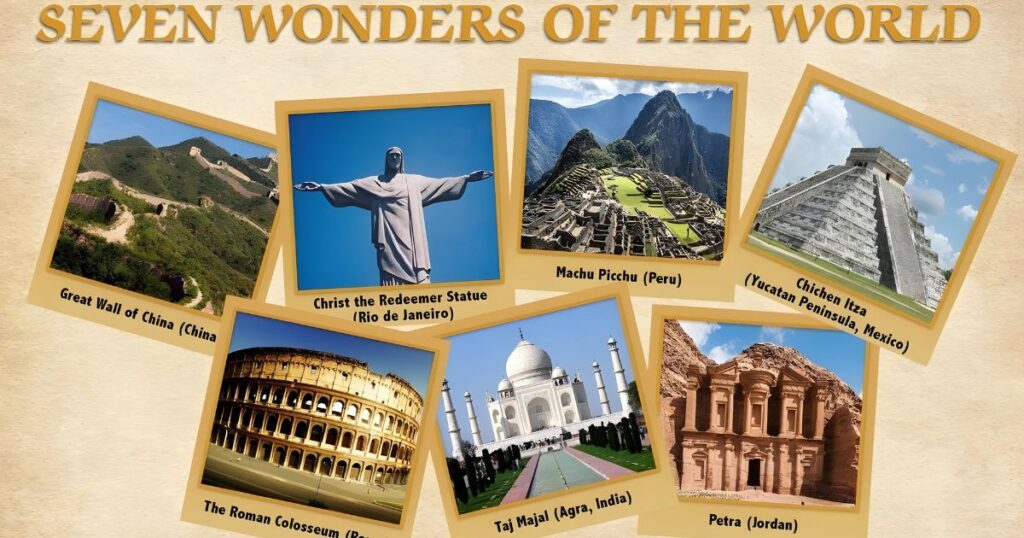
- Cultural Sites: These include historical monuments, archaeological sites, urban landscapes, and cultural landscapes. Examples include the Taj Mahal in India, the Great Wall of China, the Acropolis in Greece, and the ancient city of Machu Picchu in Peru.
- Natural Sites: World Heritage Sites encompass stunning natural wonders like the Grand Canyon National Park in the United States, the Great Barrier Reef in Australia, the Serengeti National Park in Tanzania, and the Galapagos Islands in Ecuador.
- Mixed Sites: Some sites combine cultural and natural significance, such as Uluru (Ayers Rock) in Australia, which holds spiritual importance for indigenous Australians and boasts unique geological formations.
These sites represent the pinnacle of human creativity and the awe-inspiring power of nature. They offer unique opportunities for learning, cultural exchange, and scientific research. World Heritage Day reminds us of our collective responsibility to safeguard these irreplaceable treasures.
Threats to World Heritage Sites: A Call to Action
Unfortunately, World Heritage Sites face numerous threats:
- Climate Change: Numerous locations are at risk due to changing precipitation patterns, harsh weather, and rising sea levels.
- Armed Conflict: Cultural heritage sites are often targeted during wars and civil unrest, leading to destruction and looting.
- Uncontrolled Urban Development: Rapid urbanization can encroach upon heritage sites, altering their historical context and integrity.
- Unsustainable Tourism: Mass tourism can damage delicate sites and strain local resources.
World Heritage Day serves as a call to action, urging us to address these threats and ensure the long-term sustainability of these precious places.
UNESCO World Heritage Day 2024
As the lead agency responsible for the World Heritage program, UNESCO will play a central role in the 2024 celebrations. UNESCO will coordinate international efforts, provide technical and financial support, and facilitate the exchange of best practices among World Heritage site managers and stakeholders.
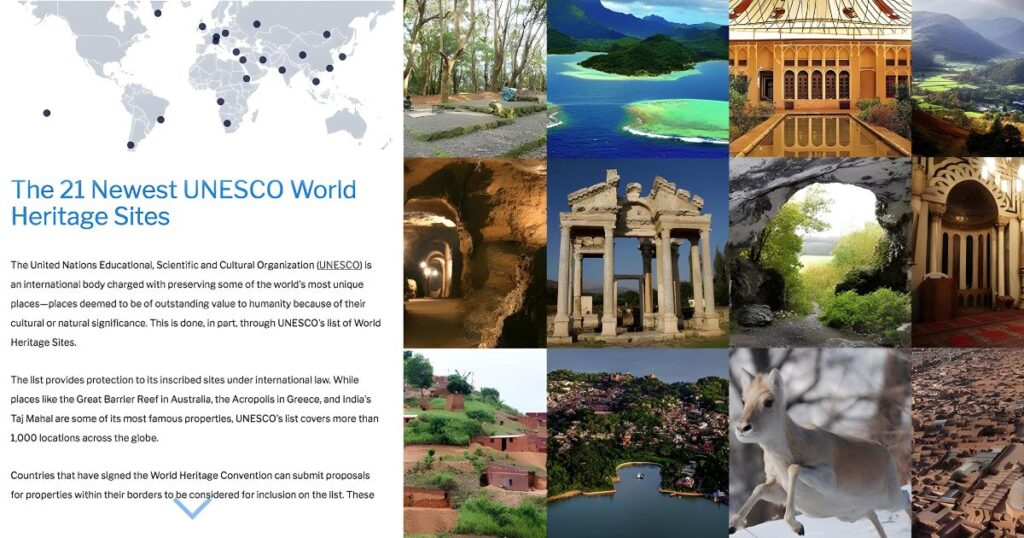
The UNESCO World Heritage Day 2024 celebrations will likely include global awareness-raising campaigns, capacity-building workshops, and the organization of high-level events and conferences to discuss the challenges and opportunities in the sustainable management of cultural heritage.
World Heritage Day Activities
In addition to the global initiatives, various local and regional activities will be organized to mark World Heritage Day 2024, such as:
- Heritage walks and guided tours of World Heritage sites
- Cultural festivals and performances showcasing traditional arts and crafts
- Educational programs and workshops for children and youth
- Volunteer cleanup and restoration projects at historic landmarks
- Social media campaigns and digital storytelling initiatives
- Exhibitions and installations highlighting the diversity of global heritage
These activities aim to engage the public, foster a sense of ownership and stewardship over cultural heritage, and inspire individuals to become active participants in its preservation.
Conclusion
World Heritage Day serves as a powerful reminder of the global responsibility to safeguard the world’s cultural heritage for present and future generations. By raising awareness, fostering international cooperation, and implementing comprehensive preservation strategies, we can ensure that these irreplaceable treasures continue to inspire, educate, and connect people across the world.
As we commemorate World Heritage Day 2024, let us renew our commitment to the sustainable management and inclusive stewardship of our shared cultural heritage, ensuring that it remains a vibrant and enduring testament to the rich diversity and ingenuity of the human experience.
FAQs:
1: What is the meaning of World Heritage Day?
World Heritage Day is an annual event to raise awareness about preserving the world’s cultural heritage.
2: What is heritage, in simple words?
Heritage refers to the unique aspects of a society’s history, traditions, and cultural identity passed down through generations.
3: What is the importance of heritage?
Heritage provides a link to the past, shapes identity, and informs the future. It fosters belonging, understanding, and sustainable development.
4: What is the heritage of a person?
A person’s heritage includes the cultural, ethnic, and family traditions, values, and practices they have inherited from their ancestors.
5: What is the value of heritage?
Heritage has immense cultural, social, and economic value and must be preserved for present and future generations.
6: What is an example of a person’s heritage?
Examples include traditional cuisine, clothing, festivals, music, dance, and artisanal crafts passed down in a person’s family or community.
7: What are the two main types of heritage?
The two main types are tangible heritage (physical objects/structures) and intangible heritage (traditions, practices, knowledge).
8: What is the difference between culture and heritage?
Culture refers to a group’s broader patterns of behaviour, beliefs and traditions. At the same time, heritage represents the most significant and defining elements of that culture.
9: Does heritage mean history?
No, heritage is a specific selection and interpretation of historical elements deemed culturally significant.

